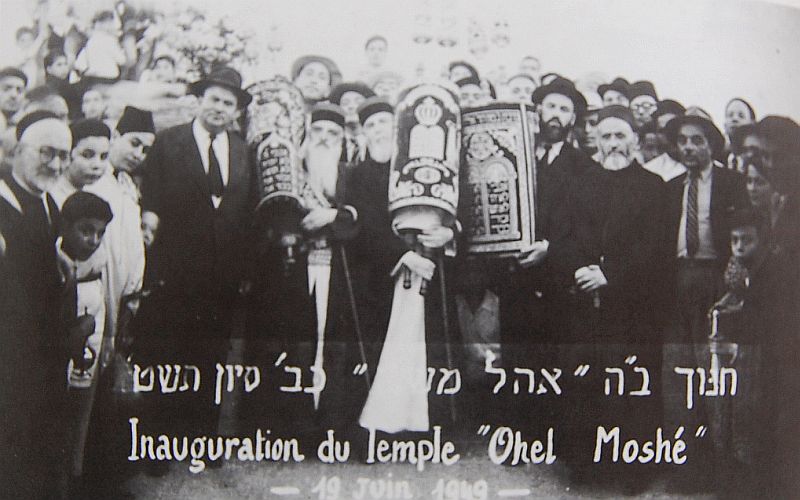 |
| (R) Kespi in Berlin. 1929. |
Until 1930 or so, Algeria’s Andalusian orchestras were overwhelmingly Jewish and its most popular was El Moutribia. El Moutribia was founded by Algerian musical impresario Edmond Nathan Yafil in 1911, later conducted under the direction of Joseph Kespi, and presided over by the one and only Mahieddine Bachtarzi through the interwar period. El Moutribia set the bar for Algerian music for much of the first half of the twentieth century and brought those sounds to neighboring Morocco and Tunisia and to France and Italy via life performances which included dozens of vocalists and instrumentalists - and then to the entire world via disc. These recordings, until recently, have been all but impossible to find.
What better way to end this series, then, with El
Moutribia’s performance of "Selli Houmoumek" (Forget your worries) recorded
under the direction of "cheb" Joseph Kespi for the Gramophone label on December 19, 1930? As the chorus starts up, try imagining yourself in Algiers' famed National Theater. I think you'll be happy.
One final thought as we round out
this series. Perhaps we can find small solace in the fact that this record and
the others I’ve been posting have somehow survived for nearly a century despite the odds (time + war
+ dislocation + transport across continents…and the list goes on). These discs
serve as reminders of what once was and what was once possible. If we can “forget
our worries” or our fears for just a moment, maybe we can start making music
again together.








